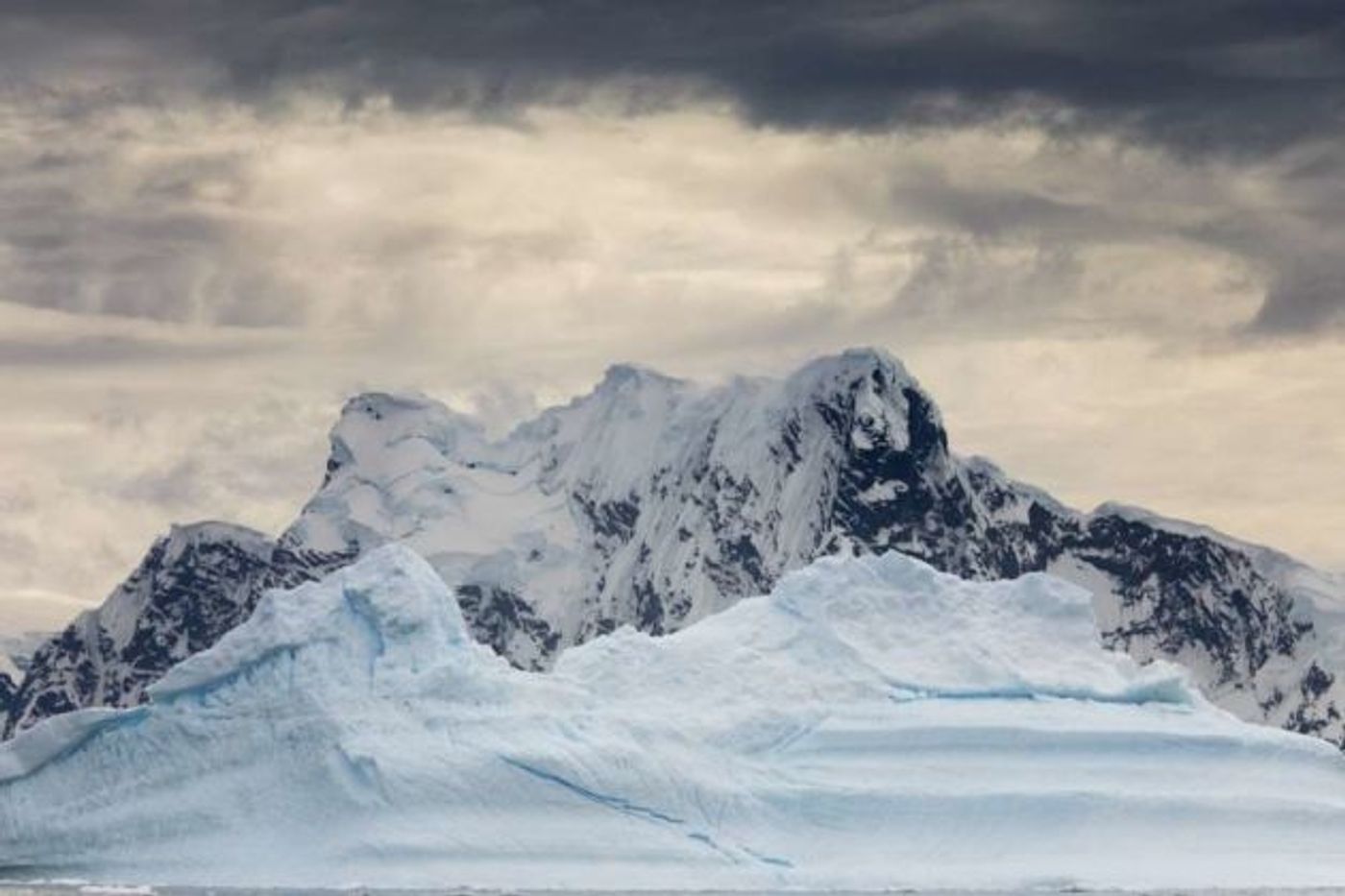Russian ice cap melting at 82 feet per day
A new study published recently in Earth and Planetary Science Letters suggests that our ice caps around the globe may not be as stable as we had assumed them to be. While the situation of glacial melt is well known, it is possible to say that the crisis has not yet been fully understood. Glaciers and ice caps cover almost 300,000 square miles of Earth's surface; among them, there is a foot of potential sea-level rise that we don’t want to see happen. That’s why scientists are trying to understand the extent to which ice cap melting is accelerating. To do so, researchers looked at the Vavilov Ice Cap in the Russian High Arctic as a case study.
The Vavilov Ice Cap has seen a severe rate of acceleration in recent years, slipping as much as 82 feet a day in 2015. Today, Vavilov slides at accelerated speeds of 5-10 meters per day. Meanwhile, its previous average speed was only 2 inches a day. This raises the question if other ice caps around the world have experienced such rapid acceleration in recent years. Watch the video below to see a time-lapse of the ice cap's collapse.
"In a warming climate, glacier acceleration is becoming more and more common, but the rate of ice loss at Vavilov is extreme and unexpected," said Mike Willis, lead author of the paper.
Using remote sensing technology from satellites operated by Colorado’s DigitalGlobe Inc., the scientists were able to combine images together in order to determine the amount of melting that Vavilov has experienced. From these images, Willis’s team saw that 2015 was the year when ice cap’s rapid acceleration really took off. Why did that happen? Science Daily explains:
“Researchers suspect the ice cap began to dramatically advance when the bottom of the ice cap became wetter and the front of the glacier advanced onto very slippery marine sediments. The ice began to speed up, and friction caused some of the ice underneath the glacier to melt, which supplied more water to the bottom of the ice, reducing friction, which caused the ice to speed up, which in turn, again produced more water. Some of this water might have combined with clay underneath the glacier, reducing the friction beneath the glacier even further and allowing the truly extraordinary sliding speeds to occur.” In other words, the system became a positive feedback loop, encouraging more and more slippage as the water warmed and there was less and less friction.
To put the slippage into perspective, let’s look at the numbers. From 2015-2016 (just one year!), the ice advanced 4 kilometers. Meanwhile, in the previous 30 years, Vavilov had only advanced 2 kilometers. Crazy, right? To make matters even grimmer, the researchers state that “it's unlikely the ice cap will ever be able to recover ice mass in today's warming climate.”
But that doesn’t mean they are giving up. This team of scientists is continuing its investigations in order to improve their understanding of how such ice cap acceleration is impacting other regions of the world, like Antarctica and Greenland. "We've never seen anything like this before, this study has raised as many questions as it has answered,” Willis said. "And we're now working on modeling the whole situation to get a better handle of the physics involved."
Sources: Science Daily, Earth and Planetary Science Letters









